INTRODUCTION(Biological Pest Control)
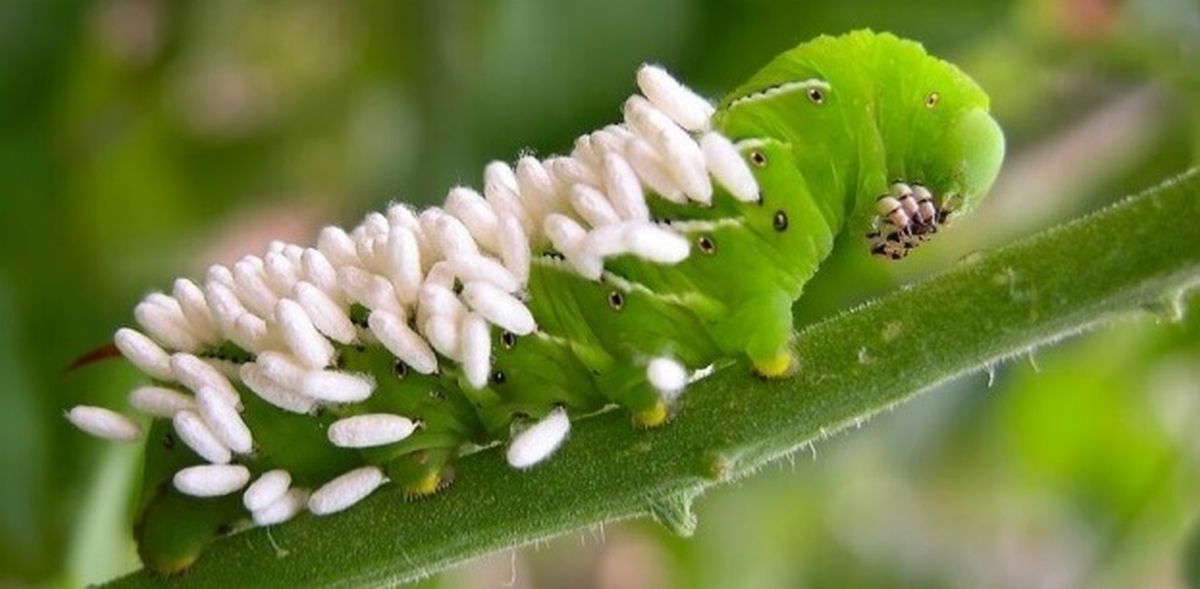
They Biological pest control It is a growing tool for concern for the environment and for implementing agricultural production systems that are more respectful of ecosystem development. Although it is not only about rural areas and crops, it is also possible to resort to biological methods to treat pests in livestock and other sectors and even in homes and all kinds of public and private places.
Do you want to know everything? How does biological pest control work? And what is its effectiveness?
What is biological pest control?
Traditionally, when dealing with a pest, chemicals are used to do so. Currently, however, there is a strong commitment to another system as such Use of organisms that help reduce or eliminate pests. in question.
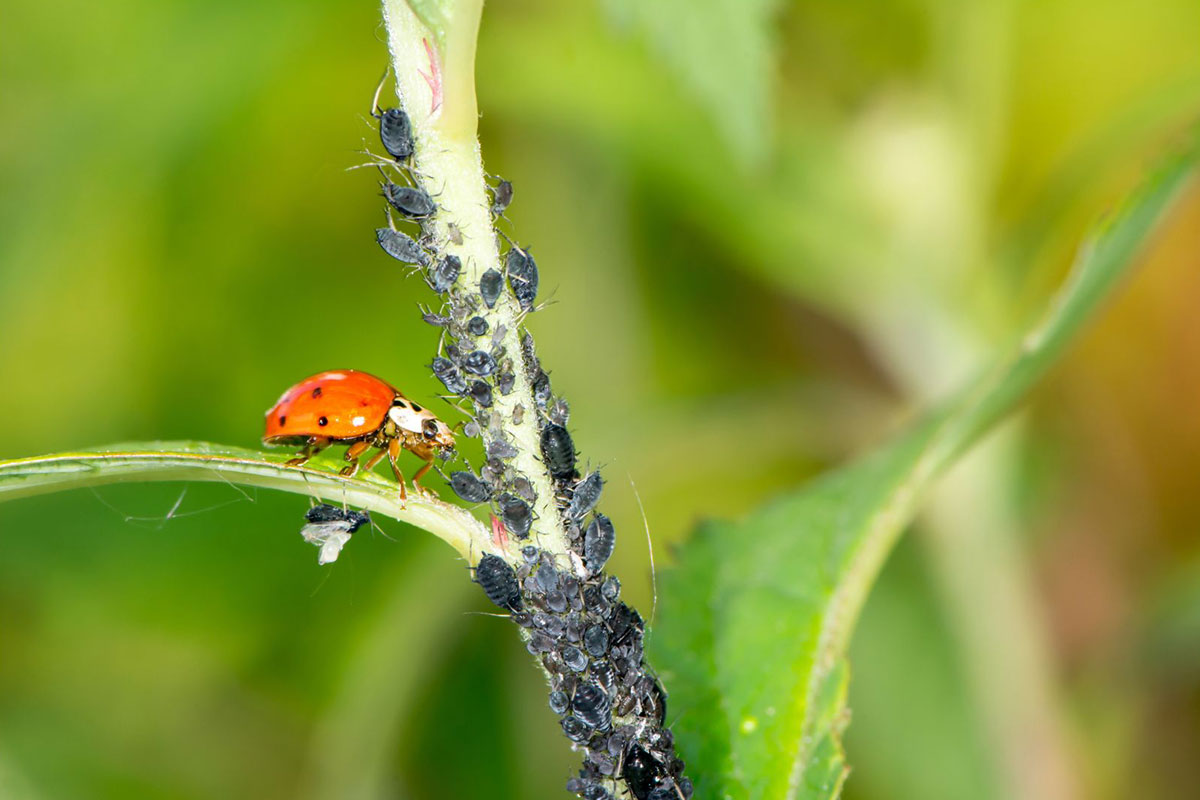
These organisms are usually enemies created by nature itself and attack other organisms without harming nature. We can think of them as organisms that are incompatible with each other, that are harmful to each other, natural predators. And it is precisely this virtue that we use to our advantage to destroy the enemy or the plague that afflicts us.
What annoys some, benefits others. is the case of Fungus, Bacteria, Insects And until the floor which can be used as anti-pests, because they have the power to destroy or attack their enemies, which in this case, would be ours: the various insects that attack our crops, If we are talking about gardening.
How does biological pest control work?
We have already given you the answer in the same section where we have explained. What is biological control?Because it only consists of: Me Interactions that occur between organisms that are incompatible with each other And the strongest will win, which, in this case, will be whoever we choose to exercise our control over.
These creatures are capable of living and reproducing in the environment in which the enemy is located, so that they can quickly invade space and eliminate the plague. It will probably replace one insect with another but with the condition that the organism we introduce is beneficial for our purposes.
Once this species is established, it prevents the spread of enemy pests or target pests.
But be careful because there are many Types of biological pest control. We show them to you in the next section.
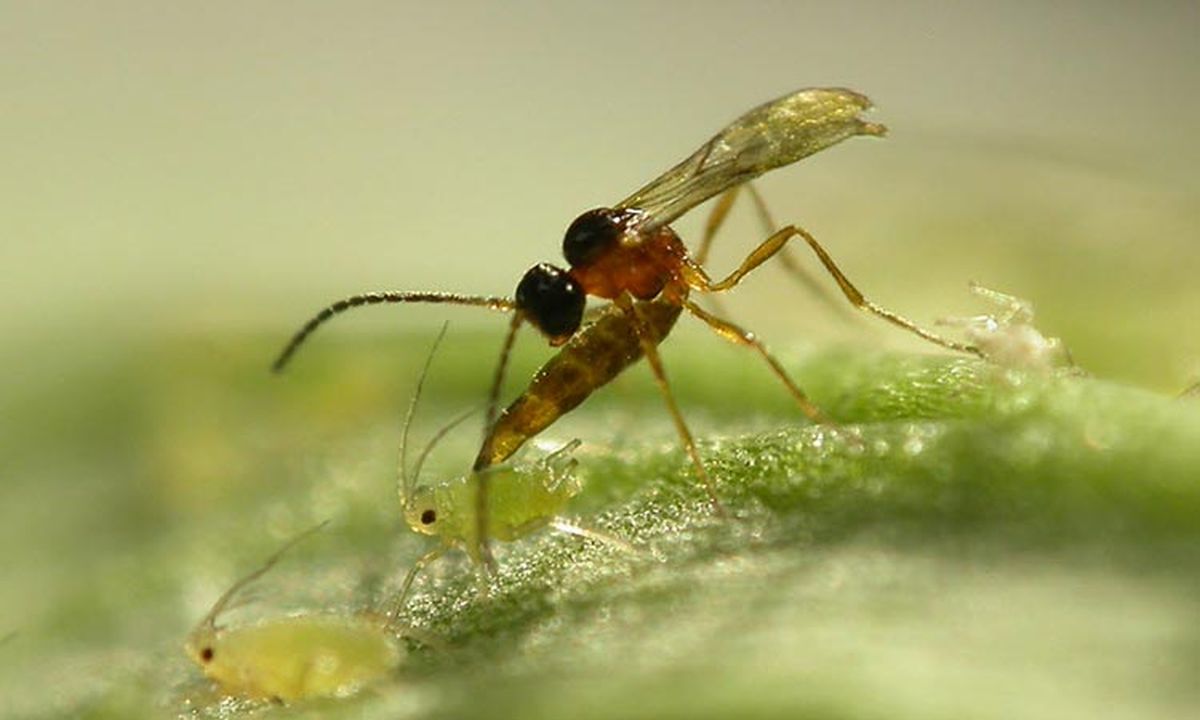
We can basically distinguish two. Types of biological pest control: Classic and conservation one. Let’s see the difference between one and the other.
Classic biological control to eliminate pests
For example, let’s say we have an insect attack on our crop. The next step will be Introduce a species that is exotic to the environment and can grow rapidly.. This new generation will manage to eradicate the pests that plague us. A good biological control treatment would be to introduce an exotic species such as coccinelled beetle specimens.
Conservation of biological control to prevent pests
Once we have managed to control an infection, our interest is to maintain discipline and prevent unwanted attacks from recurring. This is achieved by maintaining the environment with the presence of species that are natural enemies of potential invaders. To do this, contain the method Encourage these controlled species to come to us.Which we can achieve if we plant plants that attract beneficial insects and respect their presence. For example, ladybugs provide excellent pest control against aphids, mealybugs and mites. Planting fragrant plants will help us attract and keep ladybugs in our gardens or orchard.
What types of organisms are commonly used in biological pest control?
When using Biological pest control We can rely on three types of organisms: parasites, predators and pathogens. Let’s dwell on each of them.
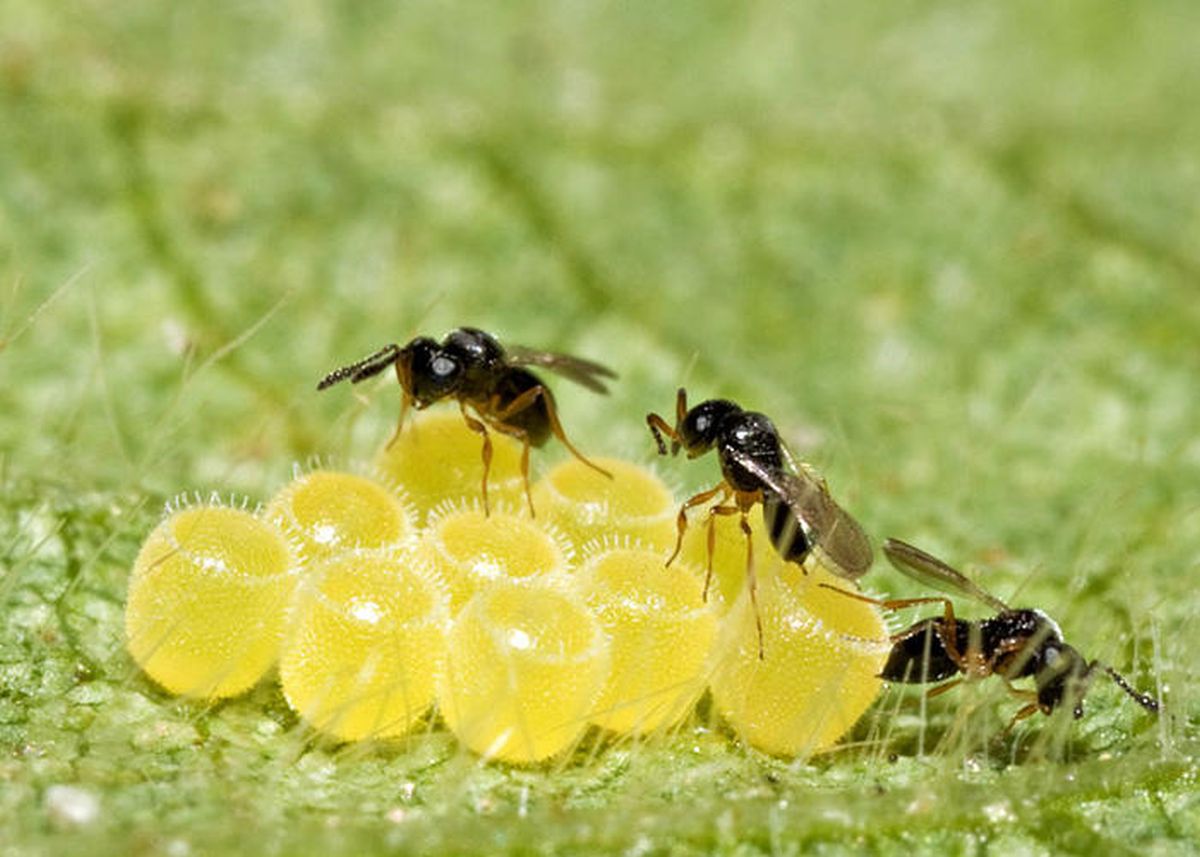
Parasitic organisms for pest control
gave Parasitic biology They lay their eggs on the organisms that are forming the insects and eat the larvae when they hatch. Good examples of these organisms are wasps and bees.
Pathogenic organisms for pest control
gave Pathogenic organisms They are viruses, bacteria, fungi and other microorganisms responsible for causing diseases in insects. They basically attack the organism which has become a pest and which damages our crops or gardens, but does not harm the environment.
Introduction to predatory organisms
Another way to eliminate pests ecologically is to introduce species that are responsible for hunting, killing, and in some cases feeding on the pest element. For example, ladybugs, as we mentioned earlier, spiders or birds
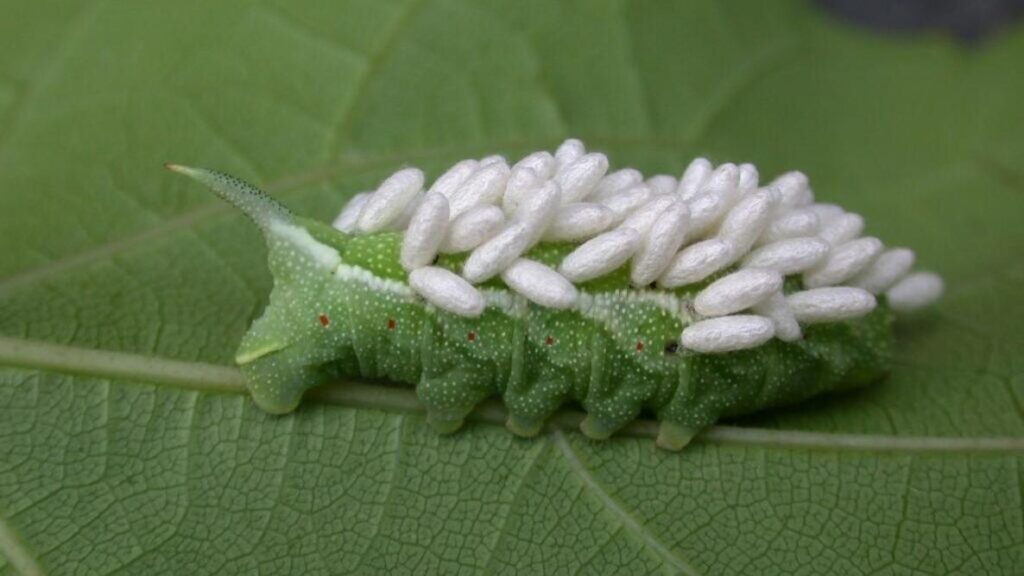
Is biological pest control effective?
The question we have to ask ourselves is, at the end of it all, Biological pest control is really effective.. The answer is that it has a certain degree of effectiveness, although it does not work in all cases, but, in any case, it is a good method because it is safe and does not pollute, unlike chemical products. Controls that can harm health.
Among the disadvantages of this alternative method is its cost, as the process can sometimes be expensive, slow and limited in scope, which means that there are people who would still prefer to continue with other traditional methods. are when an infection is encountered.
Each case will need to be looked at individually to determine whether, for a particular pest, in a particular location, it is practicable to use one or the other control, as well as to select one or the other type of organism. Is. . Biological pest control. what do you think Have you experienced environmental pest control?
Read Also : https://www.royalhomes.online/eco-friendly-cockroach-insecticide/

